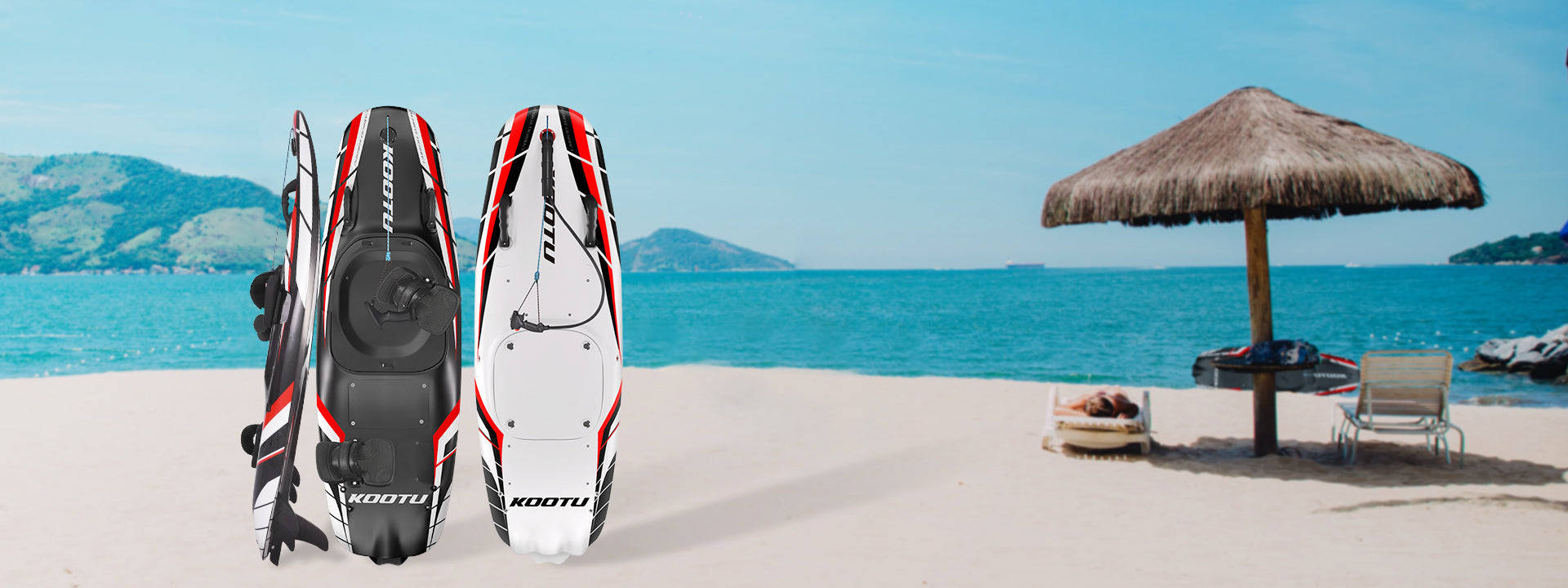How to Choose the Right Crank Length for Your Bike
Choosing the right crank length for your bike can make a huge difference in comfort, efficiency, and overall performance. Whether you're a seasoned cyclist or just starting, understanding how crank length impacts your ride is crucial. In this guide, we’ll help you find the ideal crank length for your body type, riding style, and bike setup.

What is Crank Length?
The crank length is the distance between the center of the bottom bracket (where the crank attaches to the bike frame) and the center of the pedal axle. It plays a critical role in your pedaling mechanics, affecting how efficiently you can transfer power to the bike and your overall comfort.
Why Crank Length Matters?
Choosing the right crank length impacts:
Cadence: Shorter cranks allow for a higher cadence (spinning faster), which is often preferred by road cyclists.
Comfort: Proper crank length reduces stress on your knees, hips, and lower back, improving overall comfort on long rides.
Standard Crank Lengths
Crank lengths typically range from 165mm to 180mm, with 170mm being the most common for road bikes. Mountain bikes and time trial bikes may have different crank length preferences based on the terrain and rider needs.
| Crank Length | Recommended for Riders |
|---|
| 165mm | Shorter riders or those who prefer high cadence |
| 170mm | Average height riders (most common) |
| 175mm | Taller riders or those looking for more leverage |

How to Choose the Right Crank Length
Here are the key factors to consider when selecting the best crank length for your bike:
1. Your Height and Leg Length
Rider height and leg inseam are two of the most important factors in determining crank length. Generally, taller riders with longer legs benefit from longer cranks, while shorter riders should stick to shorter lengths.
- Short Riders (under 5’6” / 168cm): Consider cranks between 165mm and 170mm.
- Average Riders (5’6” to 6’0” / 168cm to 183cm): 170mm or 172.5mm cranks usually offer the best balance.
- Taller Riders (over 6’0” / 183cm): Longer cranks (175mm or even 180mm) can help provide more torque, especially in tough climbs.
2. Type of Riding
- Road Cyclists: For road biking, where high cadence is often preferred, slightly shorter cranks (165mm–172.5mm) can help you pedal more efficiently and reduce strain on your knees.
- Mountain Bikers: Mountain bikers may benefit from longer cranks (175mm–180mm) to generate more torque, especially for technical climbs.
- Track and Time Trial Riders: Shorter cranks (165mm–170mm) can improve aerodynamics and allow for a more aggressive, aerodynamic riding position.
3. Pedal Stroke and Knee Health
If you’ve experienced knee pain while cycling, your crank length could be the culprit. Longer cranks increase the range of motion for your knee, which may exacerbate discomfort, especially on long rides. Shorter cranks reduce the stress on your joints by limiting the angle at which your knee bends, promoting smoother pedaling.
4. Bike Fit
Consulting with a professional bike fitter can help ensure your crank length matches your unique body proportions. A good bike fit will take into account your overall flexibility, hip rotation, and riding posture to select the optimal crank length.

How to Test Different Crank Lengths
If you're unsure which crank length is best for you, it's a good idea to test different lengths. Many local bike shops offer bike fitting services that include crank length adjustments. You can also borrow or rent bikes with different crank lengths to see how they affect your comfort and performance.

Conclusion
Choosing the right crank length is essential for maximizing your comfort and performance on the bike. Whether you're a road cyclist, mountain biker, or time trial enthusiast, selecting the right length can improve power transfer, reduce joint pain, and enhance your riding experience.
When in doubt, consult a professional fitter and test different crank lengths to find what works best for your body and riding style.













